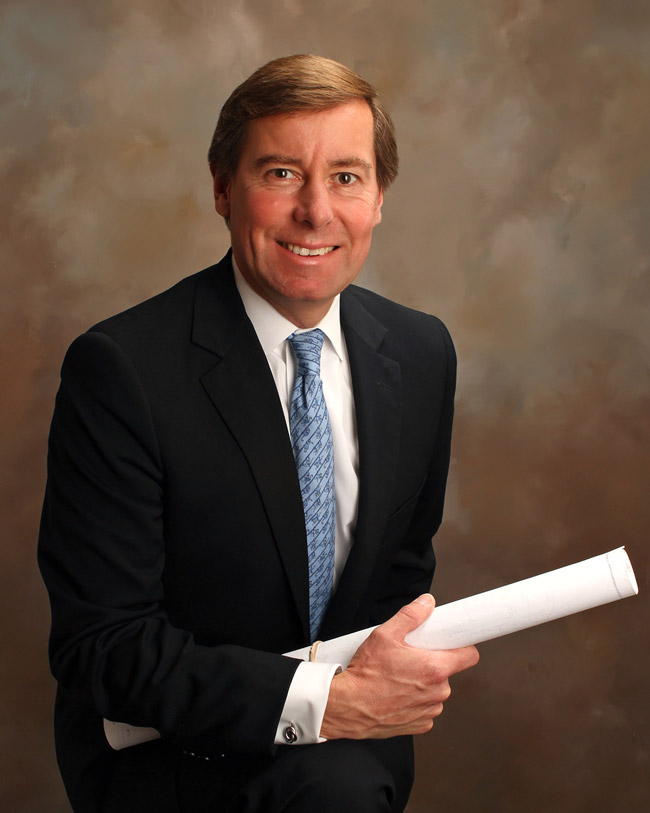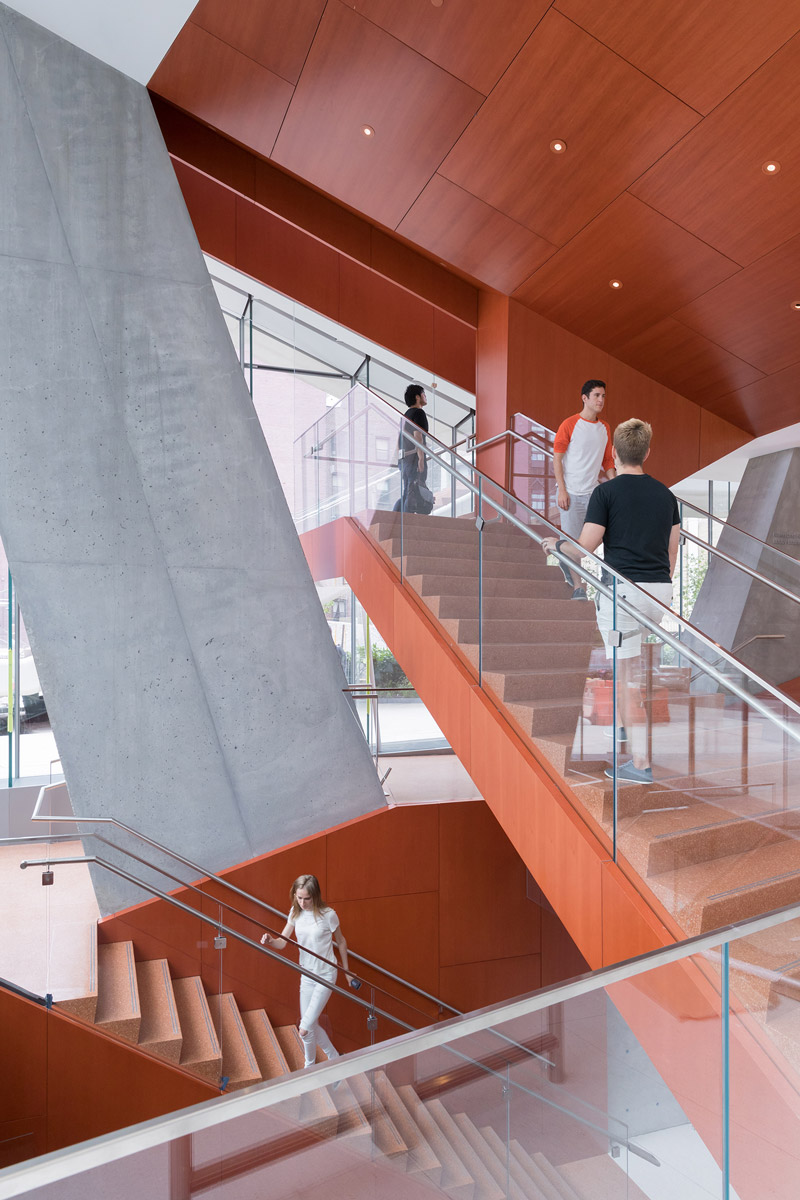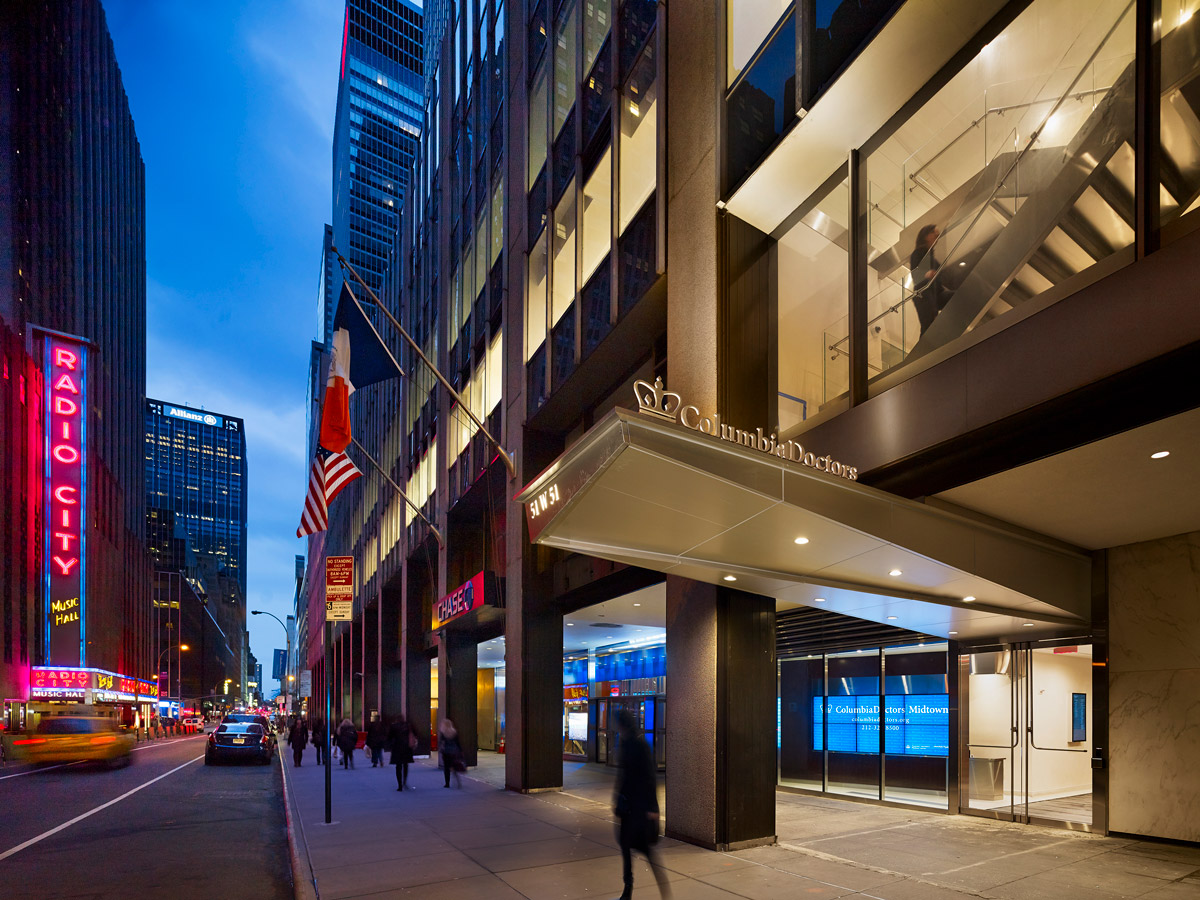by: AIA New York Chapter
The 2017 Jury of Fellows of the AIA has elevated Patrick J. Burke III, FAIA, Assistant VP, Capital Project Management, Columbia University Medical Center (CUMC), to its College of Fellows in the fourth category of fellowship, which recognizes architects who have “Advanced the living standards of people through an improved environment.” Burke is widely celebrated for having masterfully transformed CUMC’s built environment with great sensitivity to design excellence, thereby inspiring thousands of faculty, researchers, students, and clinicians to pursue the highest levels of knowledge and healing. Burke has spent decades overseeing the planning, design, and construction of large-scale, technically complex biomedical research facilities and other high-technology buildings, leading to more than 2,000 CUMC projects with gross project budgets in excess of $900 million.
Now among the AIA membership’s three percent distinguished with fellowship and honorary fellowship, he will be honored at an investiture ceremony at the AIA Conference on Architecture 2017 in Orlando as well as at the New Fellows Reception hosted by AIA New York on March 13. Here, Burke reveals the early roots of his practice and reminds us of the still youthful nature of architecture:
Q: Who do you most admire?
A: There are a few. My mother, my father and my Uncle Jim. My dad started as a union carpenter, then got a job in the planning department at the Port Authority, where he went to night school and became an architect. My mom is a landscape architect. Her passion for creating outdoor environments is really quite something—and it’s something to see how the landscapes only get better year in and year out! Finally, my uncle Jim Spiniello owned a pipeline construction company, where I had the opportunity to work in my early years. For him, it was all about utilizing ingenuity to improve a construction process and to get something done better, faster and more efficiently. He surrounded himself with people that always had the vision to see the horizon and chart a better course to get there more quickly.
Q: What has been your favorite project so far, and what’s next?
A: Certainly, the Vagelos Education Center is a crowning achievement and a building of tremendous collaboration and teamwork, but I have to say that the broader portfolio (and the associated project teams) that we have here at Columbia University Medical Center is a body of work that makes me incredibly proud and fulfilled. I’m often guided by an inscription on a CUMC building that reads, “For of the most high cometh healing.” To be able to advance medical education, clinical care, and biomedical research for future generations by leading the physical transformation of our facilities and spaces is quite rewarding.
As part of the campus master plan, we are working on projects that position Columbia University Medical Center as a destination campus for our world-class researchers, clinicians, educators, and students. We are currently working on a host of projects that integrate technology into medical education and clinical skills training for two different schools: the construction of a new 90,000-square-foot nursing school building and a new 16,000-square-foot high-tech dental facility. We are also looking to expand our outdoor spaces to better meet the needs of the medical center and Washington Heights communities.
Q: What does being a Fellow mean to you?
A: I’m a lucky guy! Pulling together the application for fellowship afforded a tremendous opportunity for me to reflect on my career. In many ways, I feel as though I just finished graduate school, but in compiling my submission, I realized that the sum of many of my projects has added up to something remarkable. As an early “milestone,” I see this as something that prompts me to think about my work going forward and what my contributions will be to the profession in terms of continuous opportunities to create and re-create. In helps me to think more about the work of fellow architects and the camaraderie that I have developed with those that have a deep sense for the importance of creating new and transformative environments. I think that this moment of reflection gives me a deeper understanding of the youthful nature of the profession and those that I see in the building business who exude a youthful radiance through their work.
Editors’ Note: This feature is part of a series celebrating the 18 members of the American Institute of Architects (AIA) New York Chapter that have been elevated to the prestigious AIA College of Fellows in 2017, an honor awarded to members who have made significant contributions to both the profession and society. Learn more about Fellowship here.













